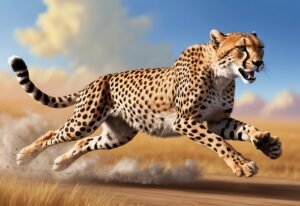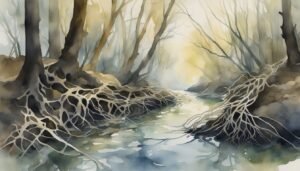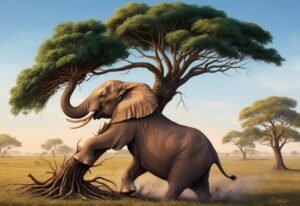What Is Insulation in Science: A Friendly Guide to Thermal Barriers

Insulation slows down heat transfer through conduction, convection, and radiation, improving energy efficiency and comfort in homes and buildings.

Insulation slows down heat transfer through conduction, convection, and radiation, improving energy efficiency and comfort in homes and buildings.

Cheetahs are the fastest land animals, reaching up to 70-75 mph in short bursts, with special features like flexible spines and long tails aiding their speed.

Sea turtles are migratory reptiles with diverse diets and unique anatomical adaptations, including species with varying carapace structures.

Neon is a noble gas discovered in 1898 by Ramsay and Travers; it is crucial for bright signage, lasers, and cooling in labs, despite being hard to capture on Earth.

Eels undergo a complex lifecycle from larvae to adults and face challenges necessitating conservation of their diverse habitats.

Quantum entanglement links particles in ways that instantaneously affect each other, revolutionizing our understanding of physics and enabling quantum technologies.

Unhinged AI allows users to chat openly with thousands of AI characters on any topic, including mature or controversial subjects, but it faces challenges like message limits.

Earth's polar regions, covering about 20% of the surface, play a crucial role in regulating climate with unique geographic features and ecosystems affected by global warming.

Animals exhibit both relative and absolute strength, with examples like elephants lifting 9,000 kg and ants carrying 50 times their weight, showcasing diverse power.

Humans can't walk on water due to insufficient surface area on our feet, weak water surface tension, and our high body density; only some lightweight animals can do so.